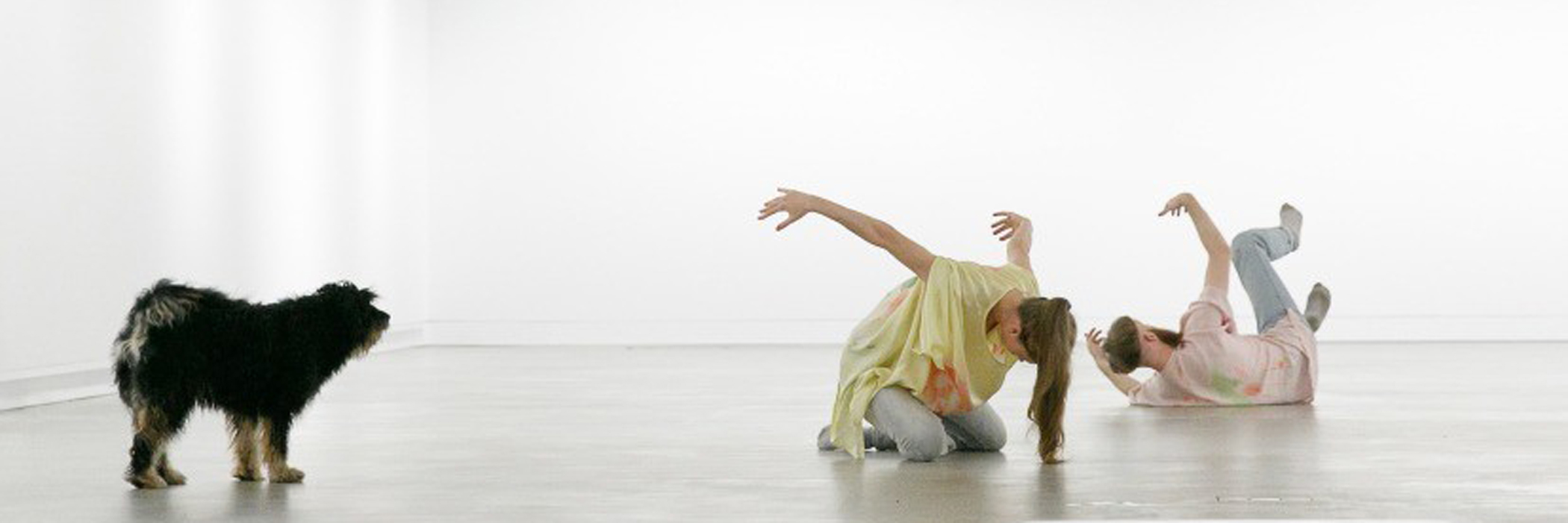To m-other a plant: Strategies of a Nonhuman Aesthetic
In a current publication, Dr Yvonne Volkart, Head of Research at the Institute Art Gender Nature (IAGN ) at the HGK Basel, devotes herself to the theory of the vegetable and examines strategies of a non-human aesthetic.
The publication Nichtmenschliche Ästhetik - Kuratieren jenseits des Menschlichen, edited by Jessica Ullrich and published in March 2024 by J.B. Metzler as part of the Cultural Animal Studies series, links current discourses on non-human or more-than-human actors in aesthetic processes with the currently virulent debate on "care" or care ethics in art.
Dr Yvonne Volkart, Head of Research at the Institute Art Gender Nature (IAGN) at the HGK Basel, devotes her contribution To m-other a plant: Špela Petričs Ästhetik nicht-menschlicherFür/Sorge to the theory of the vegetable and examines strategies of a non-human aesthetic.
From Yvonne Volkart's point of view, techno-eco-aesthetic strategies not only contribute to the creation of a non-human aesthetic, but also to an aesthetic of non- or more-than-human care. This often contradicts artistic and aesthetic conventions; all the more so when it is (co-)designed by non-human actors or also addresses other-than-human beings as participants and audience.
This aesthetic is created using imaginary, speculative or ironic strategies, among others. Using the example of Špela Petrič's project "Phytoteratology" (2016), Yvonne Volkart concretises and links this with the discourse on care. In doing so, it becomes clear that care comes into effect in its ambivalent meaning as concern and care: disruptive settings, feedback loops, desire, touch and enclosure (of the foreign) "ensure" that Špela Petrič's non-human aesthetics of care is always also an aesthetics of non-human care.
The anthology "Nichtmenschliche Ästhetik. Kuratieren jenseits des Menschlichen" explores the conditions, modes and consequences of a nonhuman aesthetic and the ways in which animals, plants, fungi, microbes, bacteria, machines or artificial intelligence act within the context of artworks. The contributions shed light on how artists interact with non-human entities in the context of performative or installative artworks and how they care for and are responsible for each other.
Nichtmenschliche Ästhetik. Kuratieren jenseits des Menschlichen, ed. by Jessica Ullrich, Vol. 18 Cultural Animal Studies, J. B. Metzler/Springer Nature, Berlin/Heidelberg 2024

